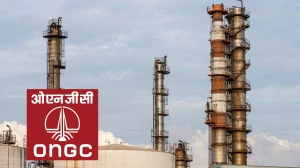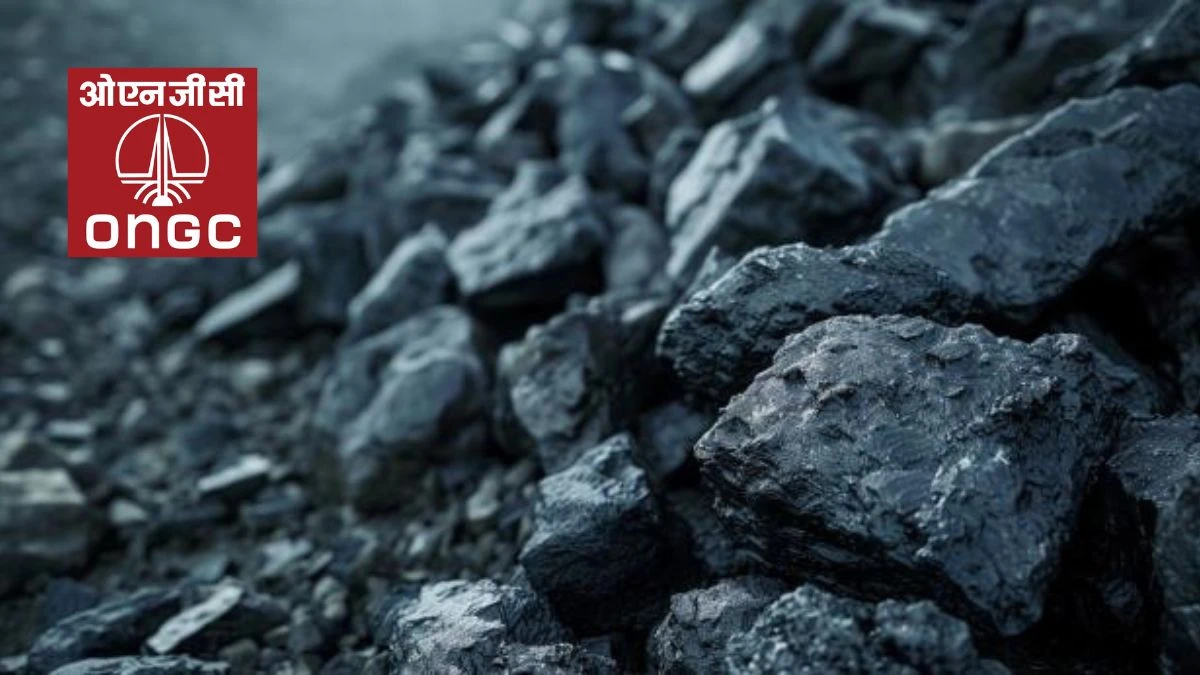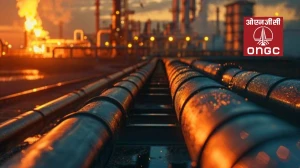
ONGC Commences CBM Production in Bokaro Jharkhand
ONGC started commercial production from its Coal Bed Methane (CBM) block with its production in Bokaro, Jharkhand, at 1,70,000 SCMD, with plans to reach 3,00,000 SCMD by year-end.
by Damodharan N
Updated Jul 17, 2024
Table of Content
Oil and Natural Gas Corporation Ltd. (ONGC) has started commercial production from its Coal Bed Methane (CBM) block in Bokaro, Jharkhand. CBM, an unconventional source of natural gas, is crucial for enhancing India's energy resources.
Initial production stands at 1,70,000 Standard Cubic Meters per Day (SCMD), with plans to ramp up to 3,00,000 SCMD by the end of the current financial year. This marks a significant milestone for ONGC in expanding its energy portfolio and contributing to the country's energy security goals.
Get the Offical Announcement Here
Coal Bed Methane Production in India
India is making strides in producing Coal Bed Methane (CBM), a clean energy source found in coal seams. With estimated reserves of 2.6 trillion cubic meters, CBM is crucial for reducing dependence on imported oil and gas.
Recent policy changes in 2018 eased regulations, allowing companies like ONGC to explore CBM without additional licensing hurdles. However, challenges persist, including aging infrastructure and a shortage of skilled workers.
ONGC, a major player in CBM exploration since 1995, has invested heavily, with projects in Jharkhand and West Bengal. By 2020-21, ONGC plans to drill 400 new wells, significantly boosting CBM production.
The government's focus is on reassessing CBM potential and awarding new exploration blocks under the Hydrocarbon Exploration Licensing Policy. Pricing mechanisms are also under review to incentivize CBM production and streamline operations.
Overall, India aims to maximize CBM extraction, enhancing energy security and reducing reliance on imports.
Read the Global Methane initiative of the Coal market in India 2019 Report Here
Oil and Natural Gas Corporation
Oil and Natural Gas Corporation (ONGC) is India's largest crude oil and natural gas company, producing about 71% of the country's domestic output. Known as a Maharatna company, ONGC has comprehensive in-house capabilities in oil and gas exploration, production, and related services.
It employs around 26,000 professionals and operates challenging locations. ONGC's subsidiaries include ONGC Videsh, which handles international exploration and production; Mangalore Refinery and Petrochemicals Limited (MRPL), which processes a variety of crude oils;
HPCL, which has an extensive pipeline and marketing network across India. ONGC Videsh operates in 15 countries, contributing significantly to India's oil and gas production.
ONGC Commences CBM Production in Bokaro Jharkhand - FAQs
1. What is ONGC's contribution to India's crude oil and natural gas production?
ONGC produces about 71% of India's domestic crude oil and natural gas output.
2. Where has ONGC started its Coal Bed Methane (CBM) production?
ONGC has started CBM production in Bokaro, Jharkhand.
3. What is the initial production rate of CBM in Bokaro?
The initial production rate is 1,70,000 Standard Cubic Meters per Day (SCMD).
4. What is the target production rate for CBM in Bokaro by the end of the financial year?
ONGC aims to increase CBM production to 3,00,000 SCMD.
5. What is Coal Bed Methane (CBM)?
CBM is an unconventional natural gas found in coal seams and is a clean energy source.
6. How significant are India's CBM reserves?
India has estimated CBM reserves of 2.6 trillion cubic meters.
7. What changes did India make in 2018 regarding CBM exploration?
In 2018, India eased regulations, allowing companies to explore CBM without additional licensing hurdles.
8. What are some challenges in CBM production in India?
Challenges include aging infrastructure and a shortage of skilled workers.
9. What are ONGC's plans for CBM wells by 2020-21?
ONGC plans to drill 400 new CBM wells by 2020-21.
10. What is the government's focus regarding CBM production?
The government is reassessing CBM potential, awarding new exploration blocks, and reviewing pricing mechanisms to incentivize production.

